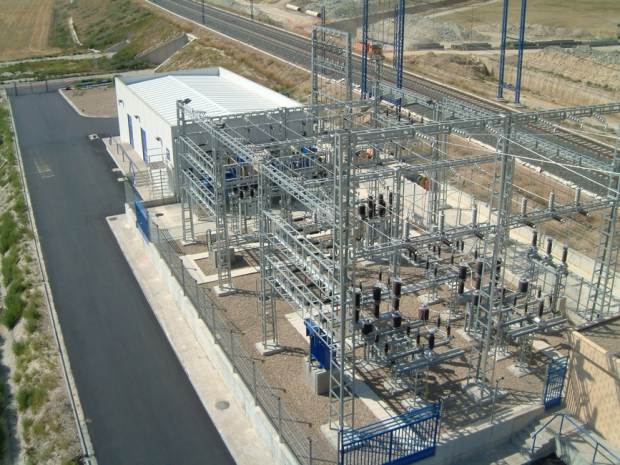Introduction to Traction Substations

Following on from my post on
railway electrification voltages, I thought an introduction to traction substations would be a good idea.
Traction substations are used to convert electrical power as supplied by the power utility (or rail operators own network) to a form suitable for providing power to a rail system (via third rail or overhead line). Depending on the type of rail system this power would be either direct current (dc) or alternating current (ac).
For dc systems, the traction substation core equipment will be the transformers and rectifiers to used to convert the utility supply to dc. Rectifiers are either 6, 12 or 24 pulse. In addition the dc traction substation will contain circuit breakers to ensure the system is adequately protected and switching devices allowing operation and maintenance of the system.
For ac systems, the traction substation core equipment will be transformers which connect to the three phase power utility supply to convert this to a single phase voltage suitable for the rail electrification system being used. Again circuit breakers and switching devices will be provided to ensure adequate system protection and operation and allow for maintenance.
Alternating current supply on the traction side is single phase and can lead to imbalance on the three phase utility beyond allowable limits. Balancing devices (Scott transformers, static convertors, etc.) are often used to achieve these limits.
Generally traction substations will be controlled by SCADA systems and will likely provide power for auxiliary systems such as signaling and other track side purposes.
Traction substations have harsher operational and stability constraints than normal power distribution substations. These include being subject to frequent short circuits, transient spikes, voltage depressions and voltage rises. The use of thyristor controlled traction drives generate significant harmonics, affecting the supply system.
Given the unique issues associated with rail power, the design, construction and operation of traction substations has many technical challenges. Add into this, loading from many trains running at the same time and modern design is heavily dependent on software support.
Please feel free to add comments below or suggest any items which you thing would be a good topic for a more detailed post.